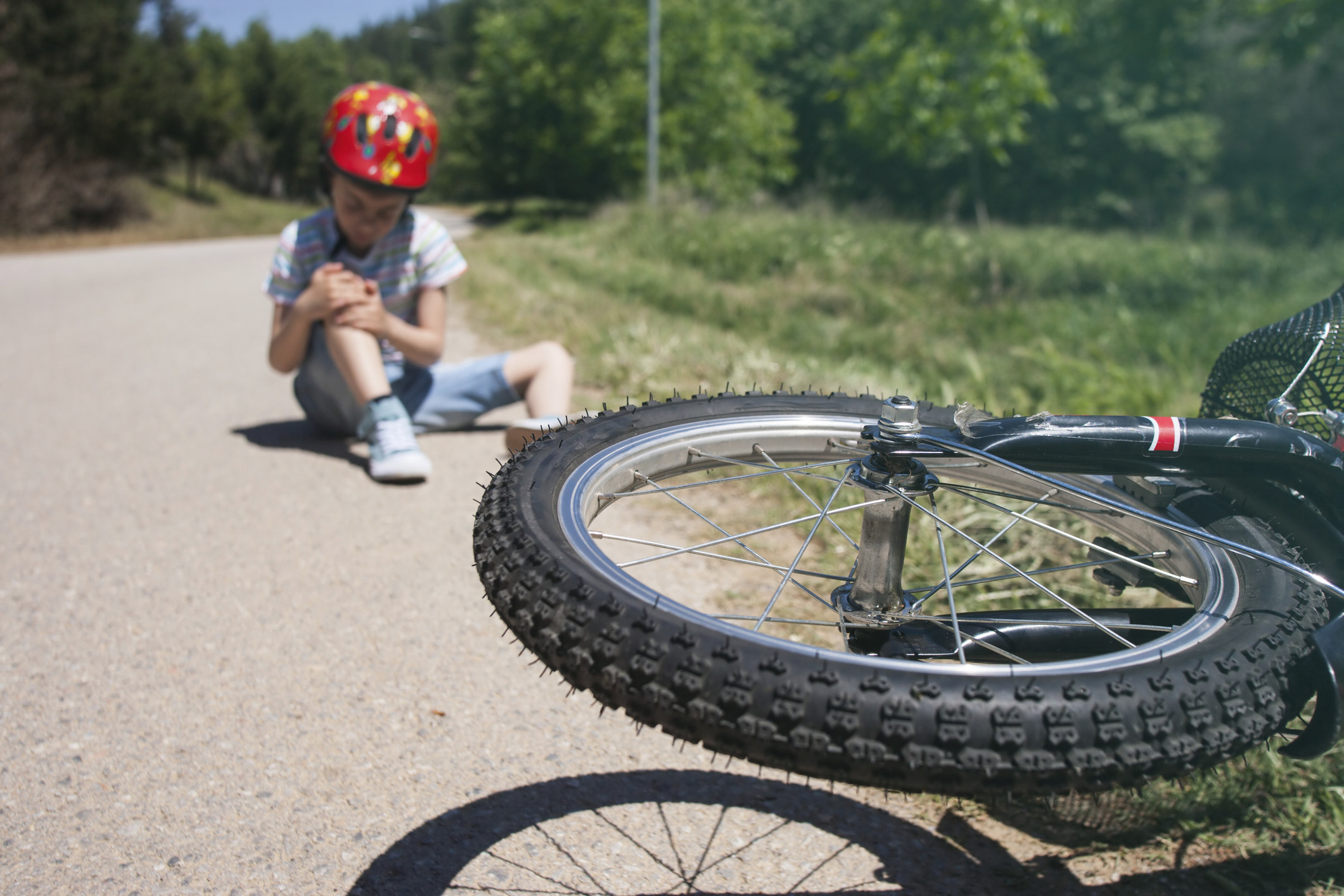Parents: How to manage injuries at home鈥攁nd when you need to go to the doctor

Follow me on Twitter @drClaire
It鈥檚 a fact of life: kids get hurt. We do everything we can to keep them safe, but shy of sticking them in bubbles, which would be a bad idea for all sorts of reasons, the reality is that injuries happen. Luckily, most injuries can be managed quite well at home. Here are some tips on how to do that 鈥� and how to know when you shouldn鈥檛.
Cuts and scrapes
The vast majority of cuts and scrapes just need a good washing (plain old soap and water is fine 鈥� use a washcloth if there is any dirt or other debris) and a clean bandage. Change the bandage daily with a washing (taking the bandage off before a bath or shower is often enough) and check out the area. If it looks at all red, a little antibiotic ointment can be helpful, but usually isn鈥檛 necessary (and can contribute to antibiotic resistance, so should be used sparingly).
Get medical attention if:
- the edges of a cut gape open 鈥� that usually means stitches are needed.
- you can鈥檛 stop the bleeding with pressure鈥攚ith one caveat: cuts on the lip or in the mouth bleed a lot, but usually don鈥檛 need medical attention. Try some ice (or a popsicle) and wait a little while. If it鈥檚 not stopping, call your doctor for advice.
- a cut or scrape is looking redder, or has spreading redness or pus, despite the antibiotic ointment.
- your child develops a fever.
Animal or human bite
The first thing to do with any bite is to wash it really well. Often bites can cause puncture wounds that can be deep, so use lots of soap and run the water over it to clean it out as best you can.
Humans, it turns out, have dirtier mouths than dogs or cats 鈥� so any human bite that breaks the skin warrants a trip to the doctor.
While not all animal bites need a trip to the doctor, it鈥檚 a good idea to call the doctor for advice any time it happens, especially to sort out if there could be any risk of rabies. If your child is bitten by someone else鈥檚 pet, ask about rabies vaccination and get the contact information for the pet鈥檚 owner. Being able to confirm that the animal is vaccinated, or being able to quarantine the animal, could save your child a bunch of shots.
Bumps and bruises
The vast majority of these just need some ice and plenty of hugs. Get medical attention if:
- Your child has a bad bump to the head and is vomiting, acting sleepy or having trouble doing ordinary things. It鈥檚 worth a call to the doctor for any bad bump to the head, actually, so that you can run through what happened and decide together what to do.
- The bump is near or on the eye socket, and there is redness of the eye or any trouble moving the eye or with vision.
- Your child has a lot of pain despite the ice and hugs, or acts sleepy or is worrying you in some other way
Eye injuries
If your child gets something small in his eye, or gets something sprayed into his eye, rinse it out very well with lots and lots of water (if you have contact lens solution, that works well too). If after the rinsing your child feels fine and the eye doesn鈥檛 look red (or looks barely red), you鈥檙e all set. But if it still hurts or the eye looks very red, head to the doctor. You should head to the doctor immediately if what gets in the eye isn鈥檛 small, or if there is any bleeding or if your child complains of any trouble seeing.
Is it broken?
Almost every parent ends up asking this question. Most of the time, the answer is no. Take a good look at the area, and have your child try to move the injured part of the body. If it鈥檚 the leg or foot, see if they can bear weight.
Get medical attention if:
- there is severe pain, especially if your child feels dizzy or nauseated.
- the part of the body looks crooked or otherwise different from usual.
- there is severe swelling.
- your child has trouble moving the injured part of the body, or can鈥檛 bear weight
If none of these are true, use ice on the area and have your child rest. But if things aren鈥檛 getting better, call your doctor to see if an x-ray might be a good idea to be sure you aren鈥檛 missing a smaller fracture.
About the Author

Claire McCarthy, MD, Senior Faculty Editor, 天博体育 Publishing
Disclaimer:
As a service to our readers, 天博体育 Publishing provides access to our library of archived content. Please note the date of last review or update on all articles.
No content on this site, regardless of date, should ever be used as a substitute for direct medical advice from your doctor or other qualified clinician.












